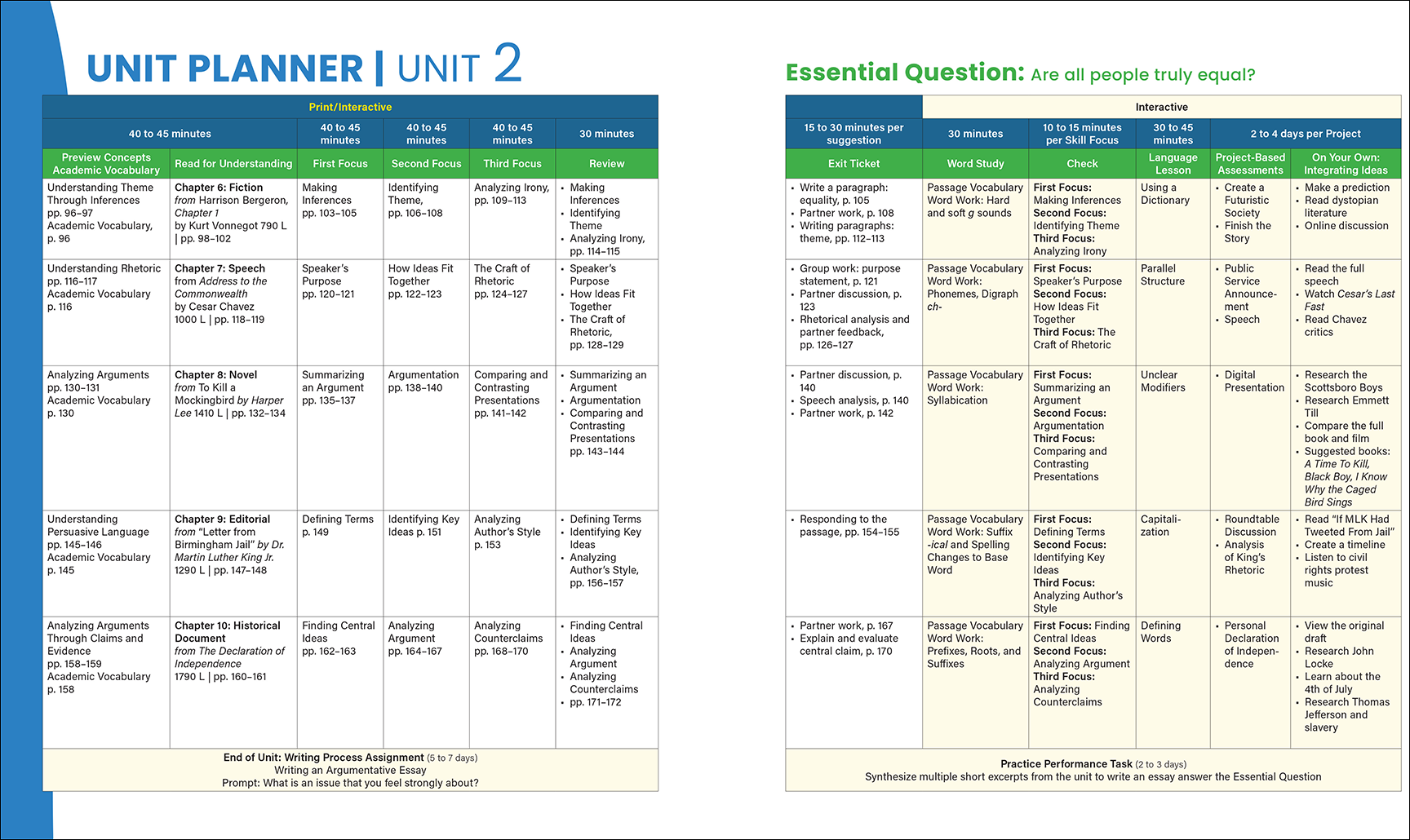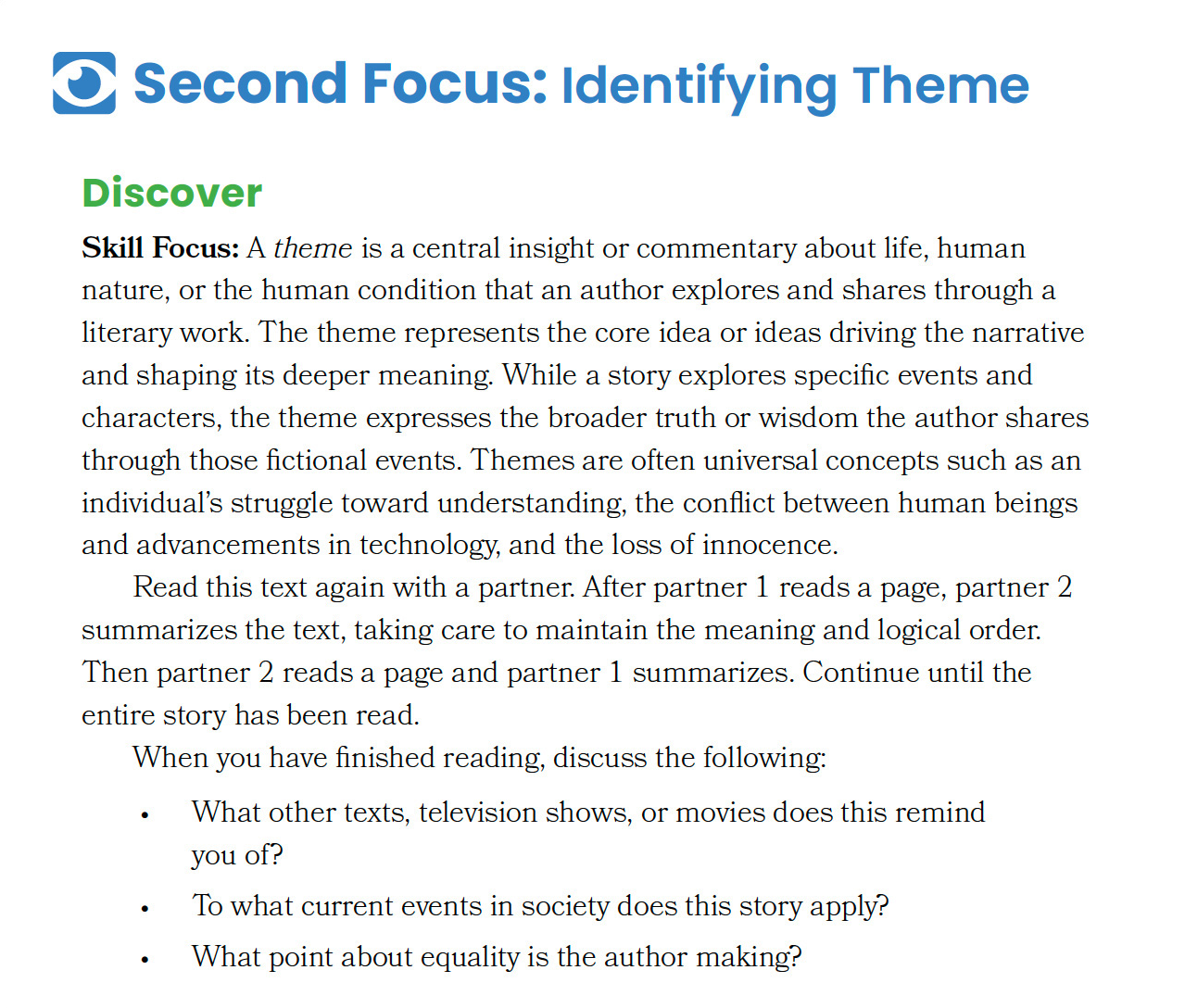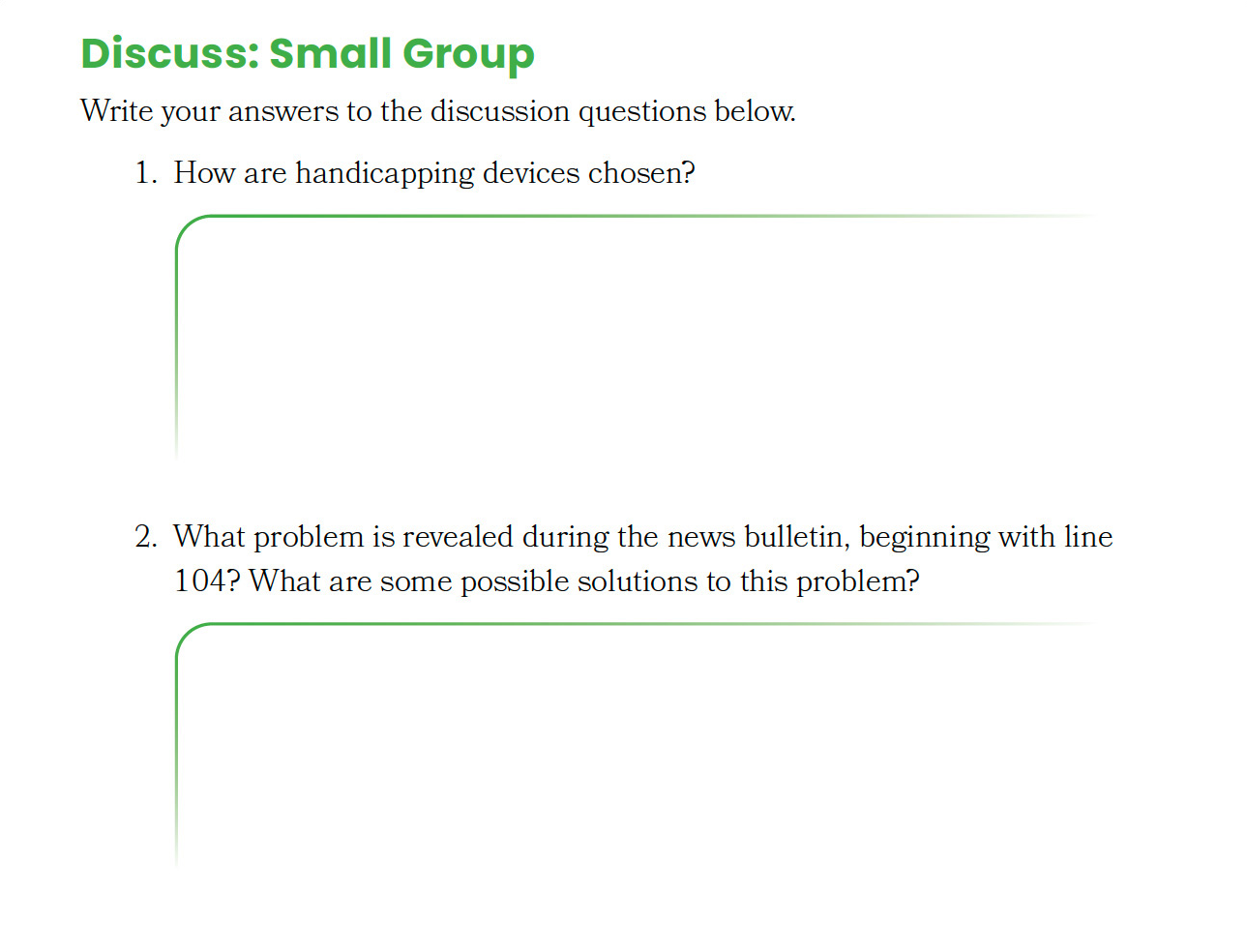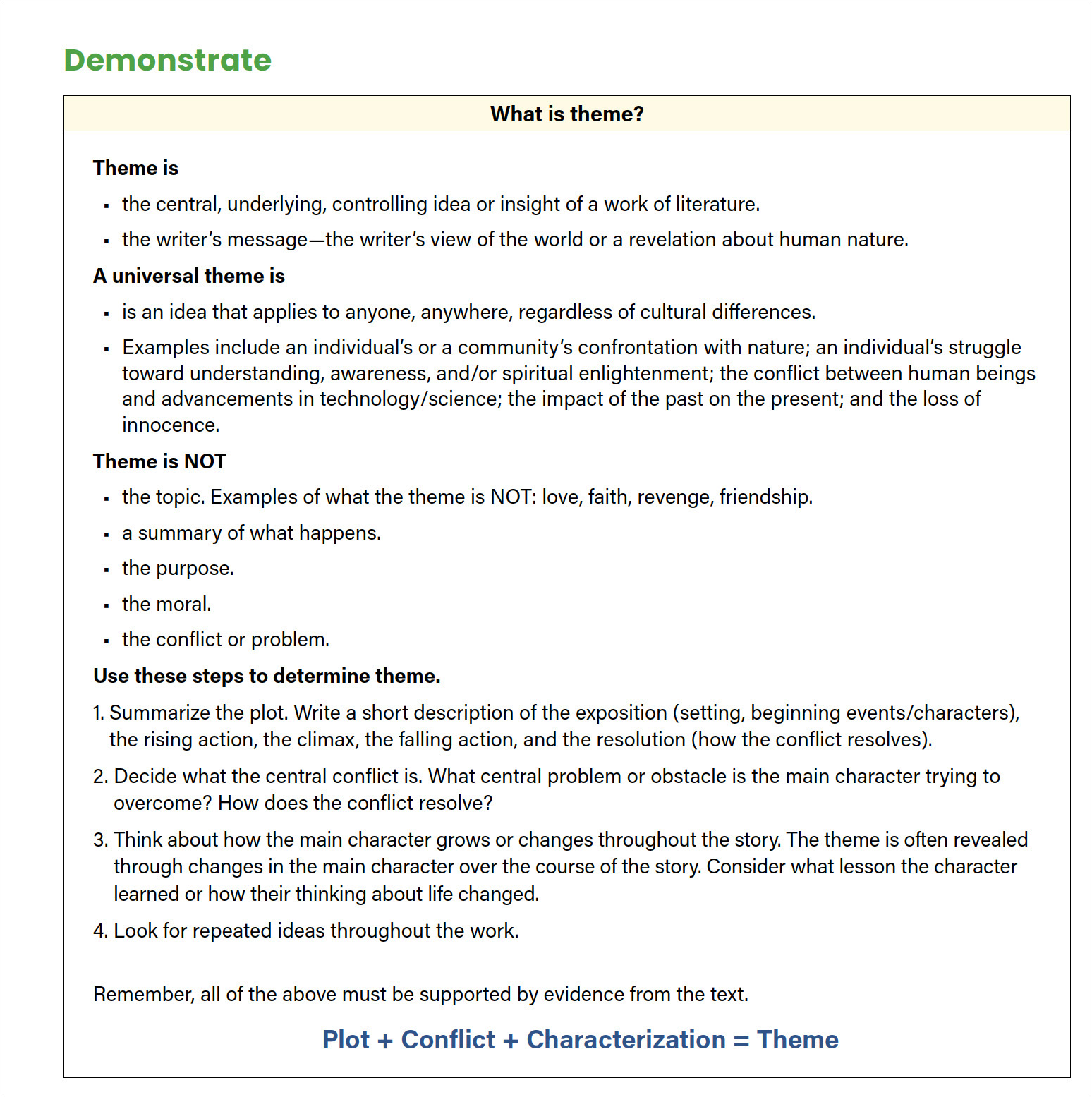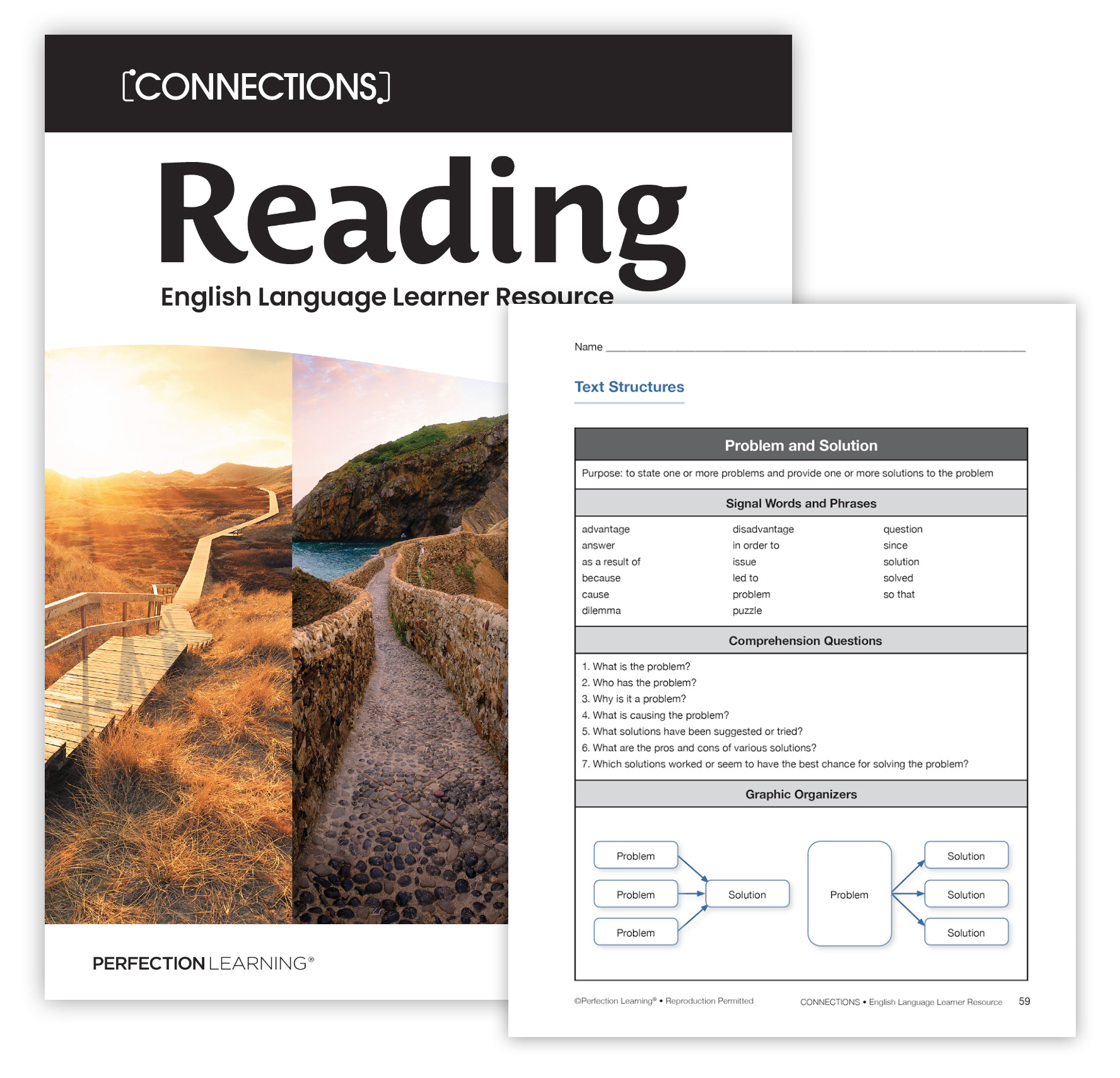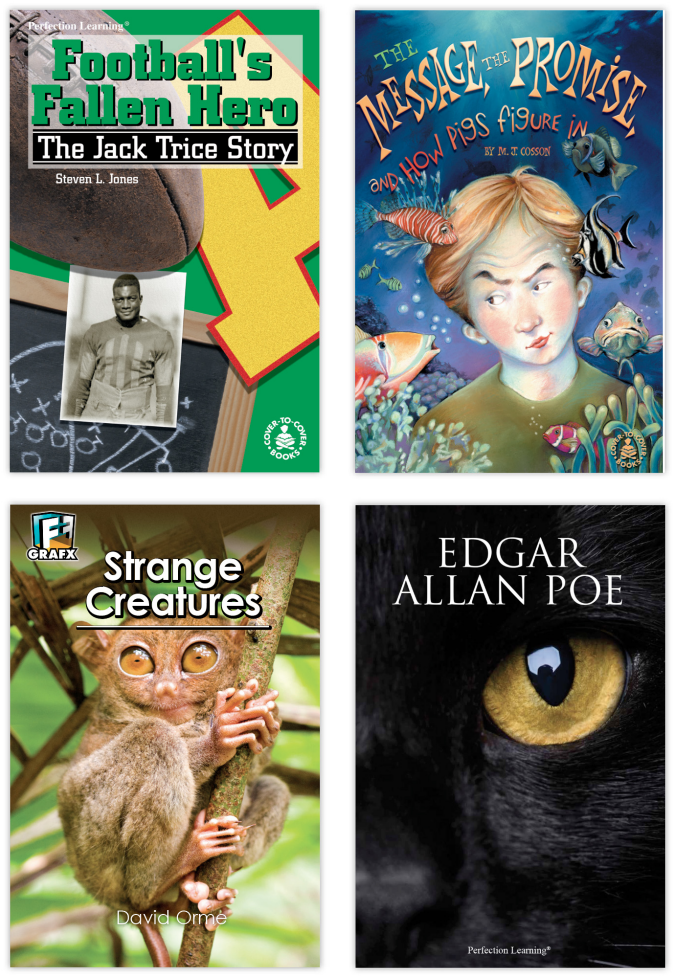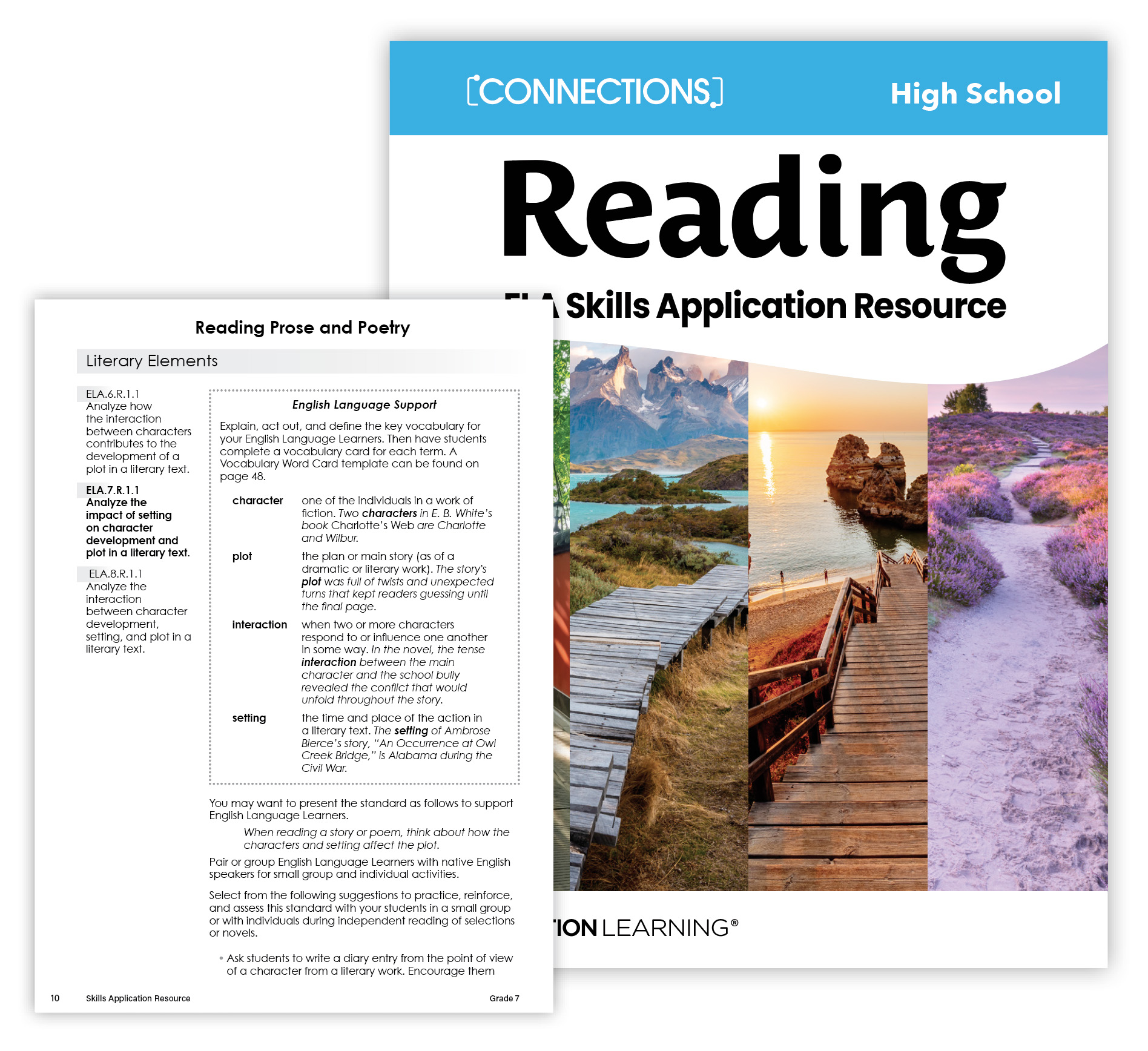We use cookies to make your experience better. To comply with the new e-Privacy directive, we need to ask for your consent to set the cookies. Learn more.
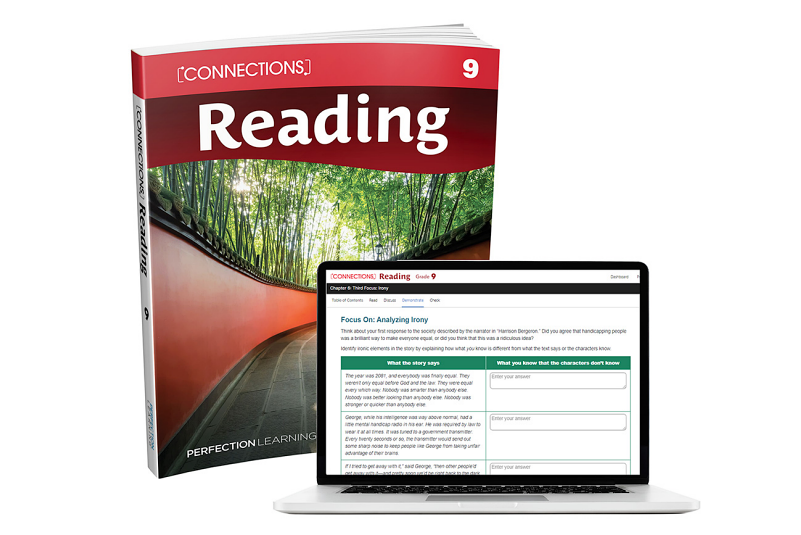
Connections: Reading
Empower student success and accelerate growth with this proven reading program for grades 6-12.
- Developed specifically for the needs of grades 6-12 reading courses.
- Built on Learning Science and Best Practices for effective teaching.
- Address the diverse learning needs of adolescent striving readers.
- Level up learning with data-driven insights.
Connections: Reading Grades 6-12 is a reading program focused on developing strong reading skills with striving readers using excerpts from on-level literary and informational texts. Grounded in learning science, the program incorporates proven instructional strategies (such as critical reading, differentiation, formative assessments) to break down learning barriers and support academic growth.
The program has also earned its level III ESSA evidence demonstrating it has promising evidence to be effective in improving student learning outcomes.
Close reading and targeted skills instruction with scaffolded support is at the heart of the instructional design of Connections: Reading. As students read, discuss, analyze, and respond to these on-level, high-interest texts, they learn step by step how to unlock meaning. Through multiple reads, students use skilled reading strategies to move from the “what” of the literary piece (central ideas, details), to the “how” (author’s craft), and the “why” (author’s purpose).
Grounded in Learning Science
While most middle and high school students have achieved automaticity in word recognition, many lag significantly behind in language comprehension. Research-based Connections: Reading focuses on closing the language comprehension gap through scaffolded learning tasks using grade-level complex texts.
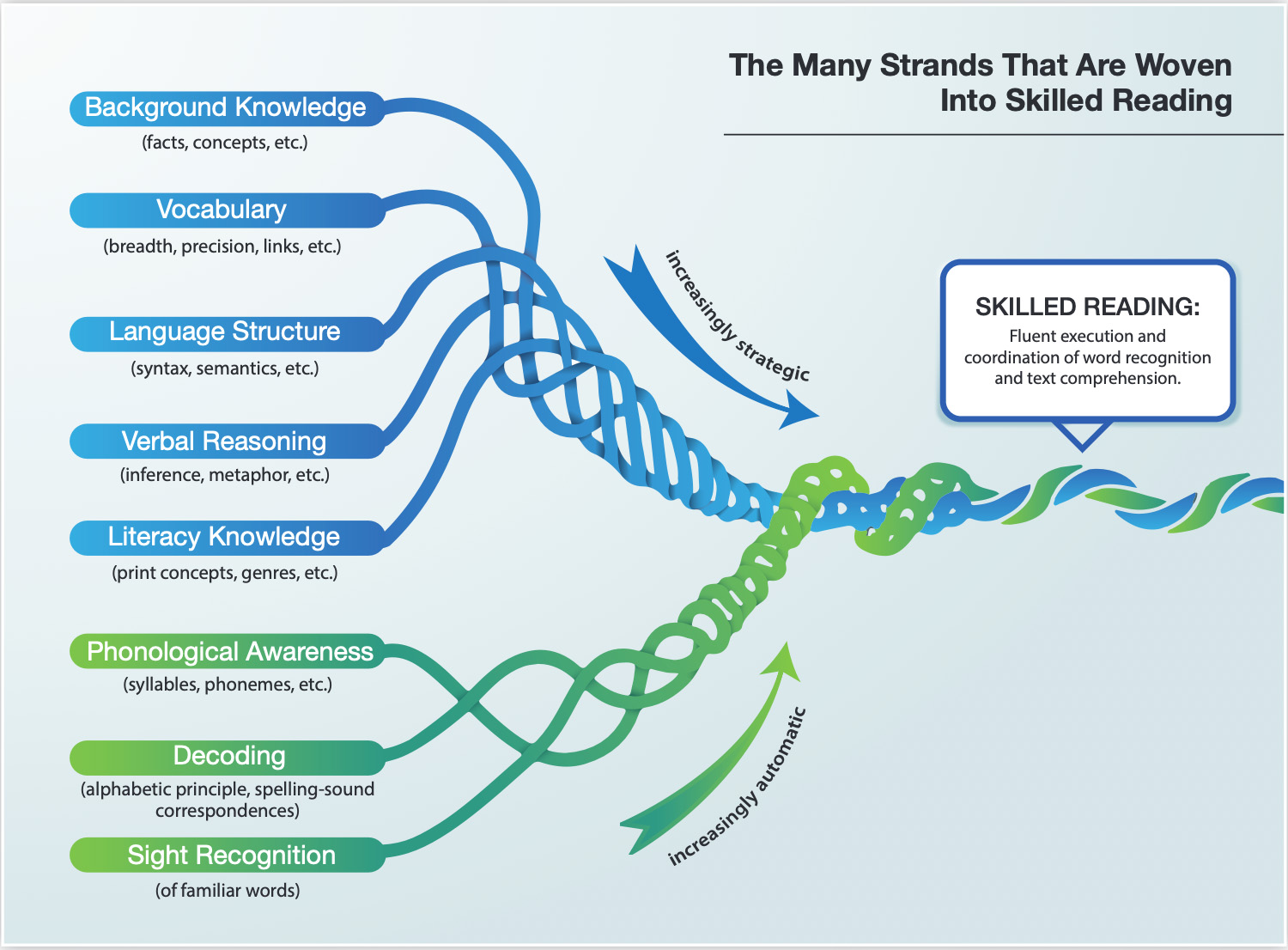



Designed for Success
Close reading and targeted skills instruction with scaff olded support is at the heart of the instructional design of Connections: Reading. As students read, discuss, analyze, and respond to these on-level, high-interest texts, they learn step by step how to unlock meaning in great literature and relevant nonfi ction. Through close reading, students unpack the meaning of a text while developing critical reading skills.
Supports the Needs of All Students
Student support includes Immersive Reader, embedded note-taking tools, and built-in learning tools to ensure students of all abilities can comprehend a text, engage in discussions, and extract and apply evidence.


Assessments to Inform Instruction
Data-informed instruction is a key component of Connections: Reading, allowing teachers to gain insights from assessments. Reporting, formative assessment, and summative assessment are all included, enabling educators to individualize instruction based on student needs.


Program Features & Resources
Students engage with high-quality, complex texts that give them opportunities to gain knowledge, broaden their perspectives, and make connections to themselves and their world.
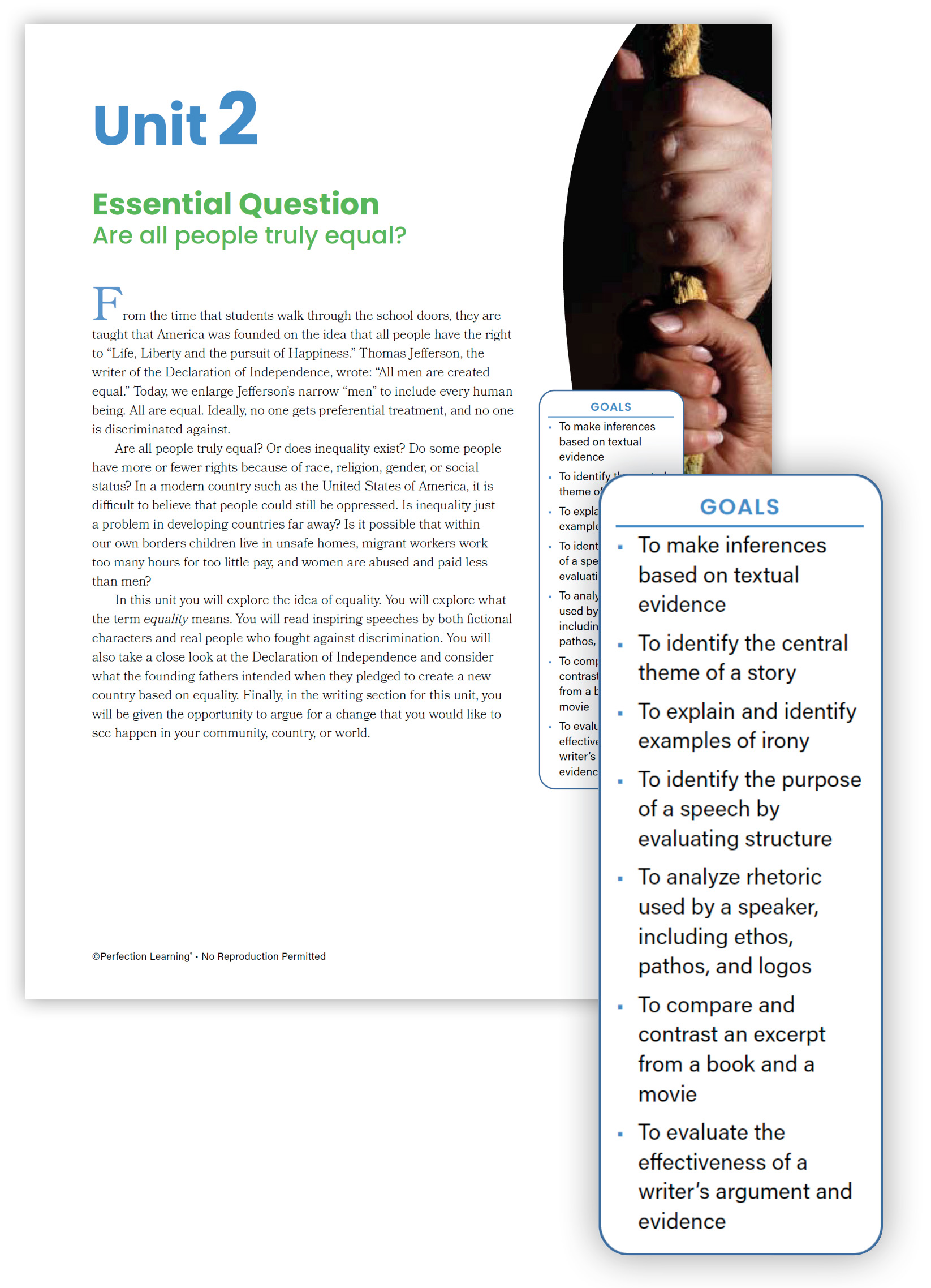

Each chapter has three different focus areas that scaffold support towards the next skill focus.
Each skill focus follows the Discover, Discuss, Demonstrate routine. This three-part routine ensures engagement and motivation, empowering students to actively participate in their learning journey.
Differentiation is emphasized throughout the program, removing learning barriers and ensuring all students can access the materials. Teachers are equipped with supports to reach students who need more support and English language learners.
Embedded Supports
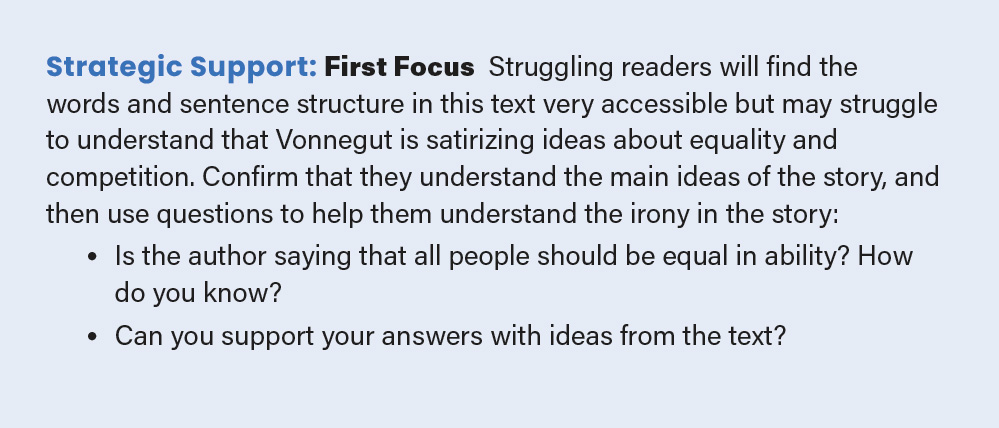

Strategic Support
Provide targeted differentiation for students who need more support.
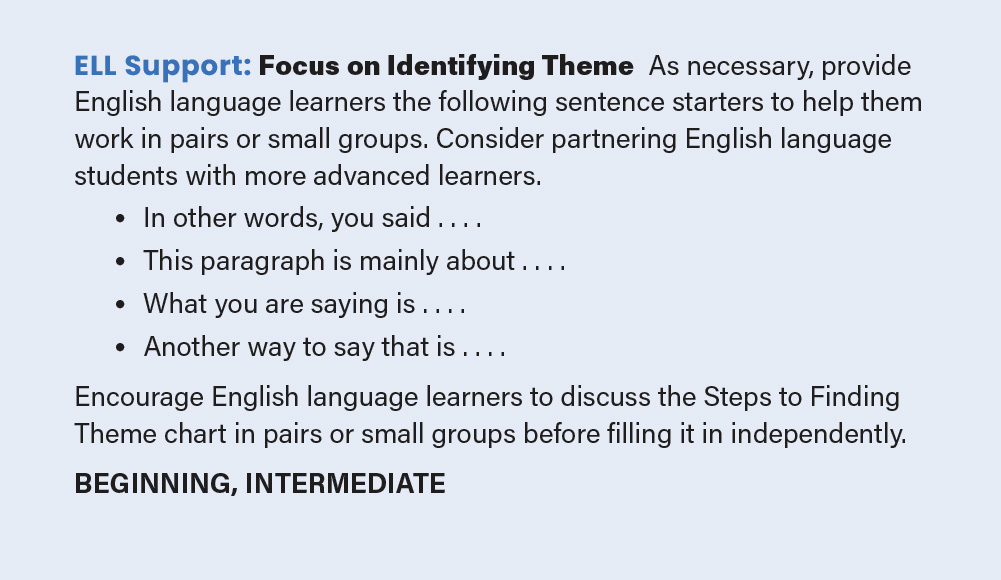

ELL Support
Support varying levels of English proficiency from Beginning to Advanced with point-of-use teaching support.







